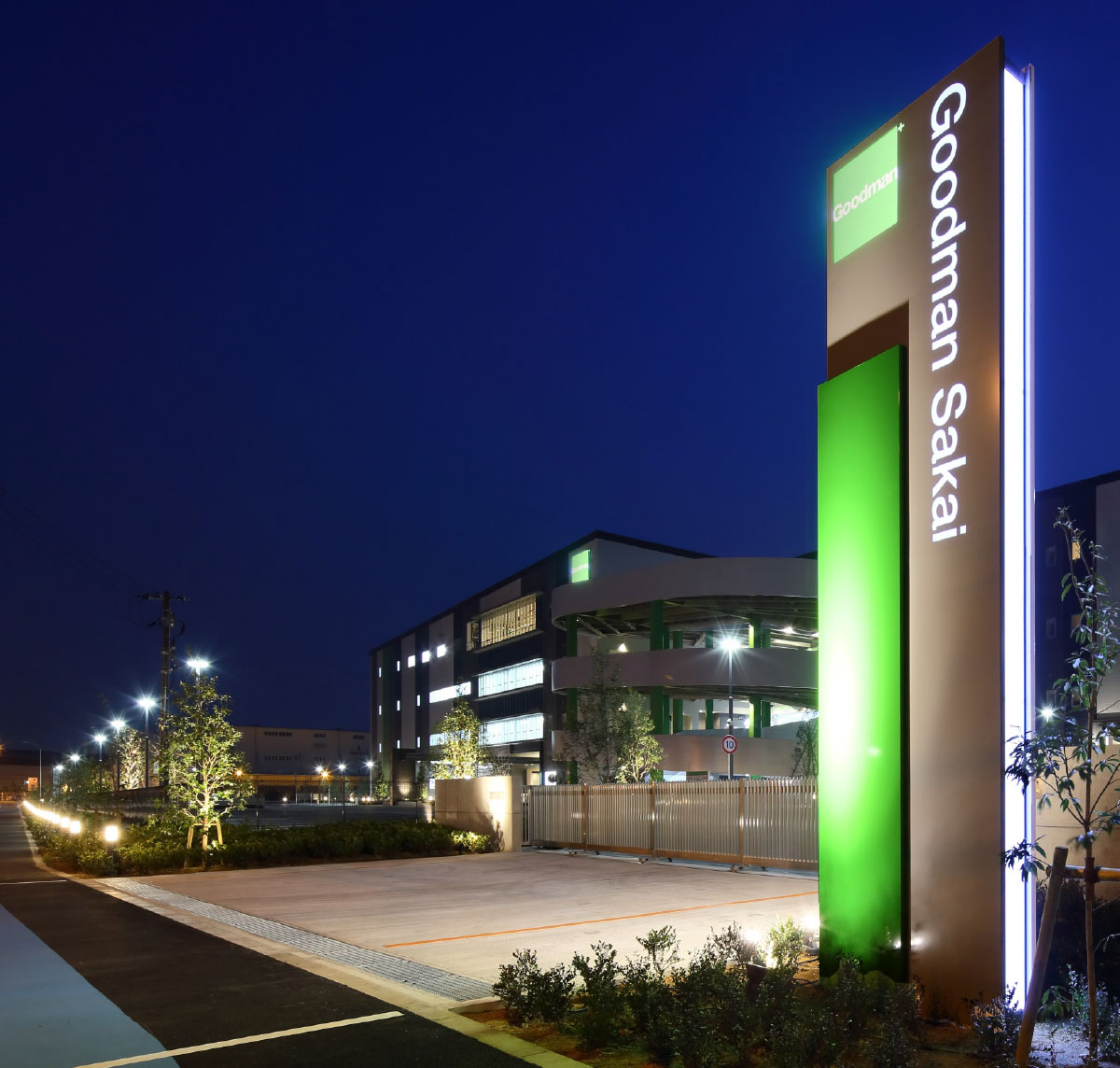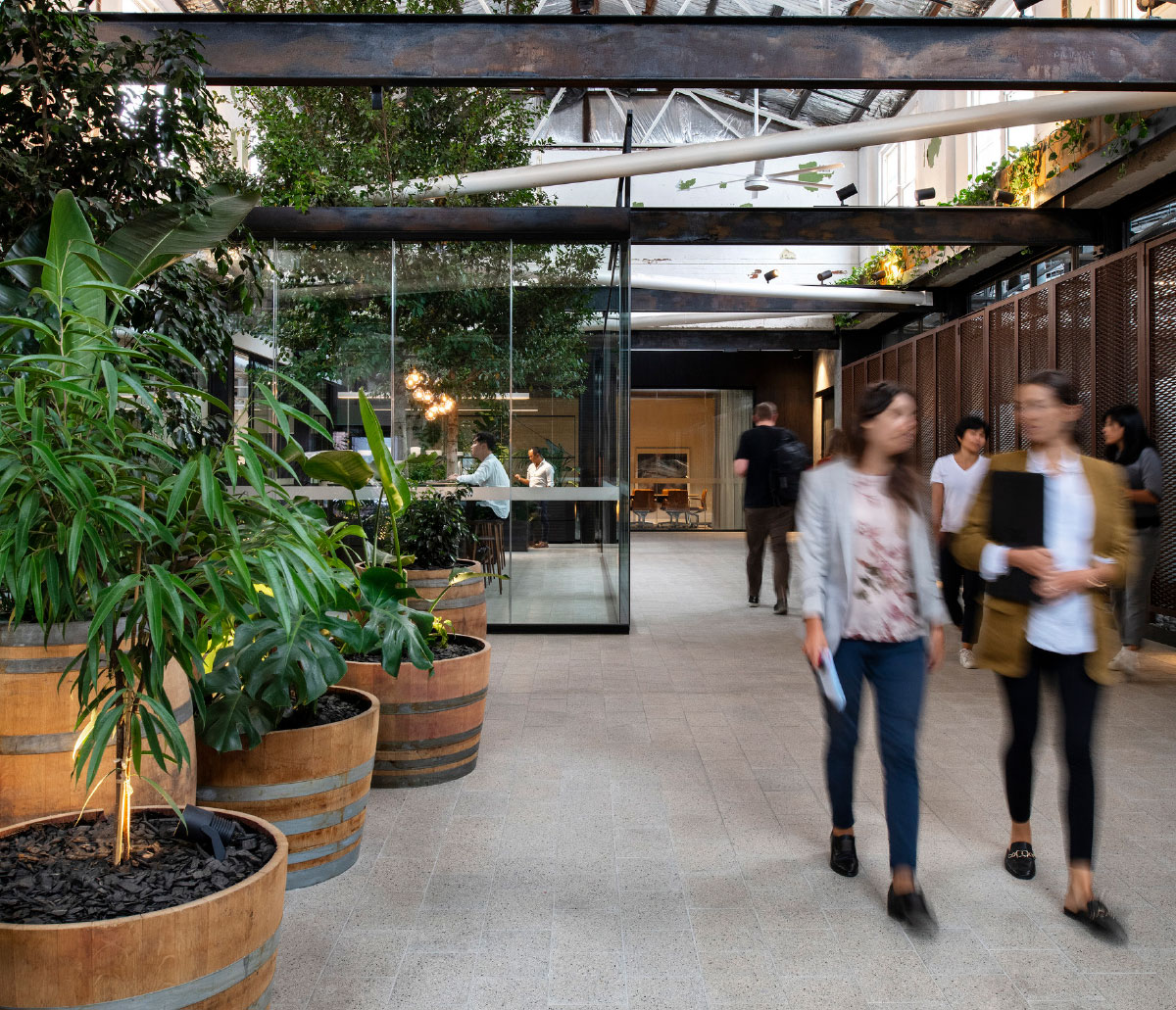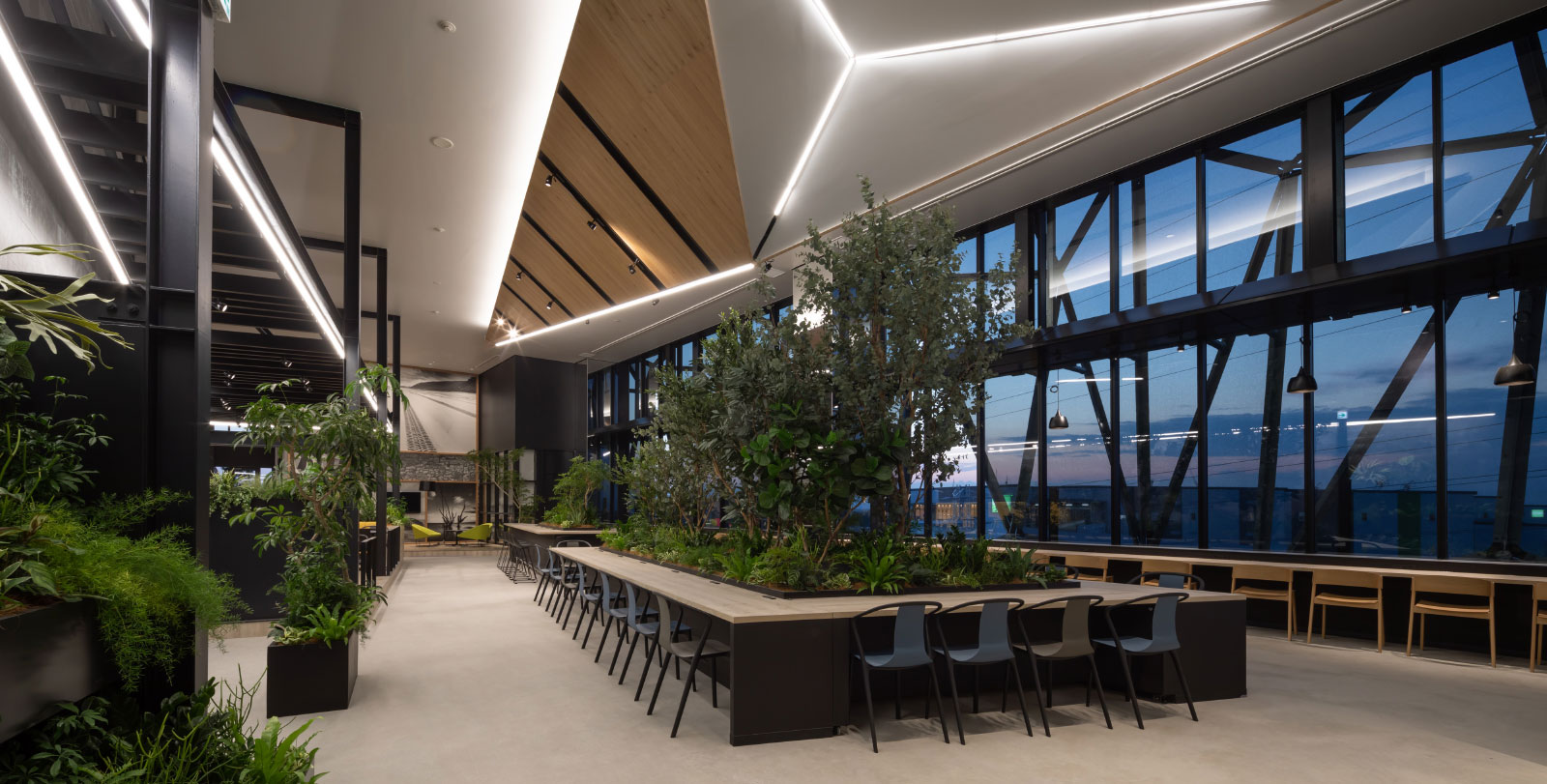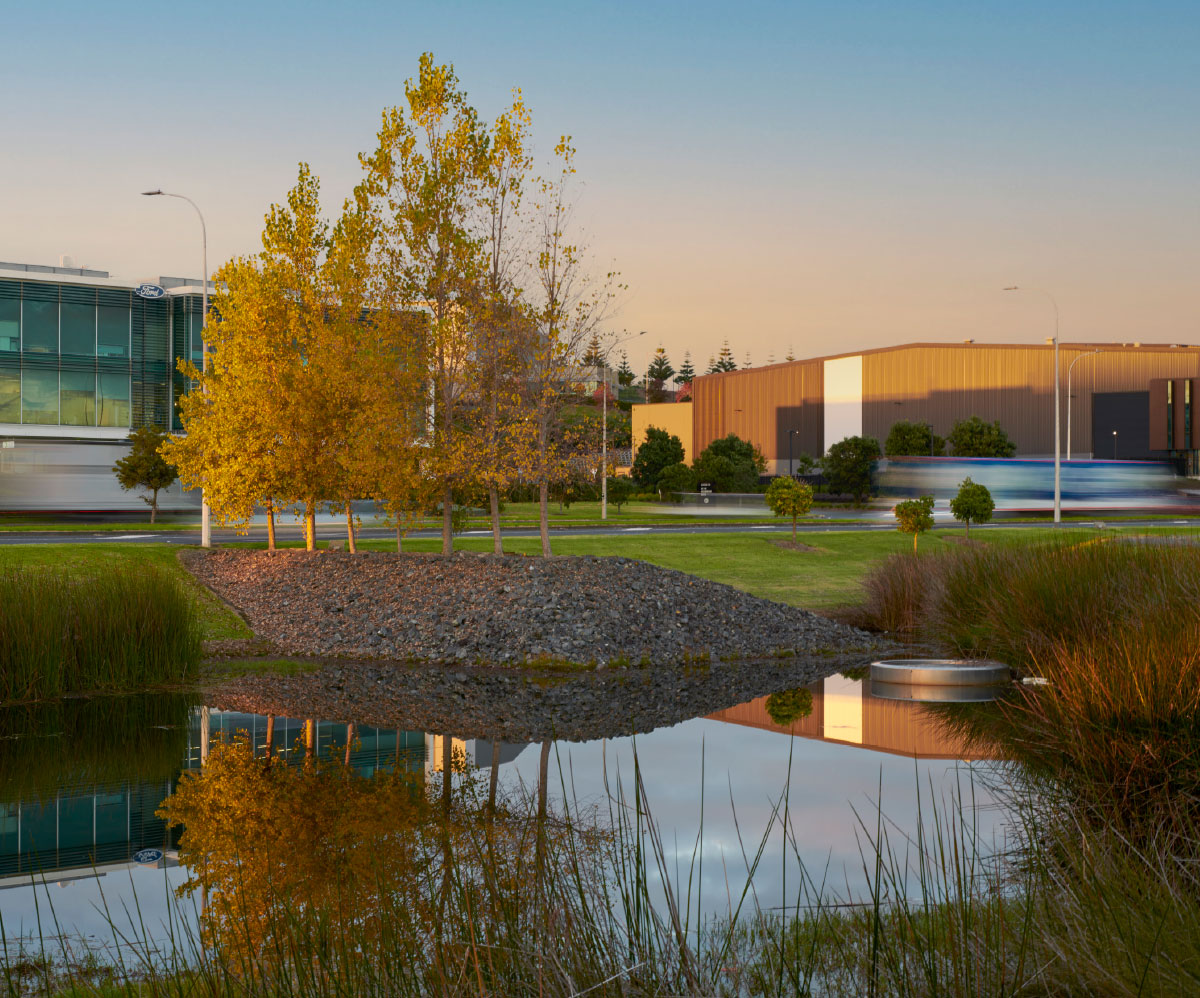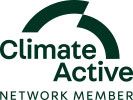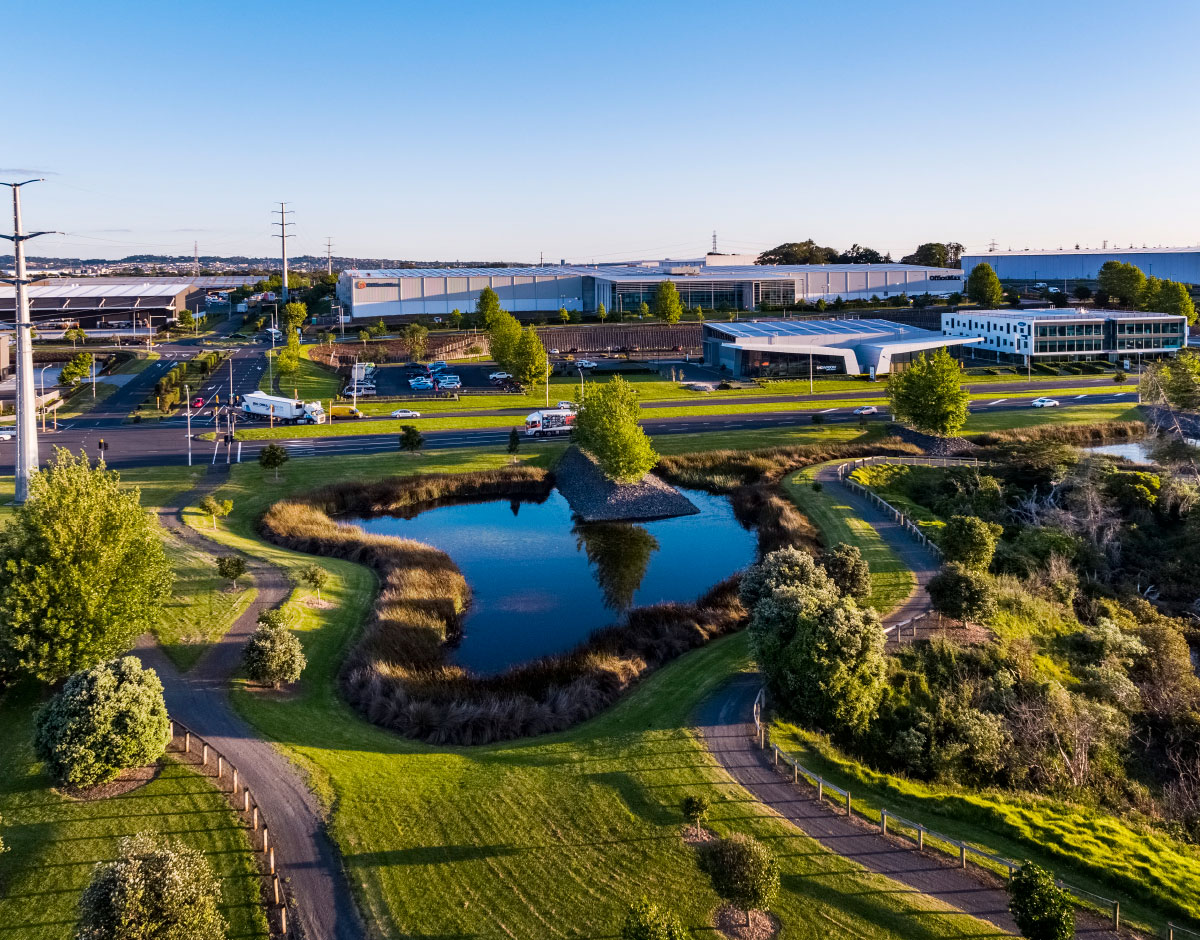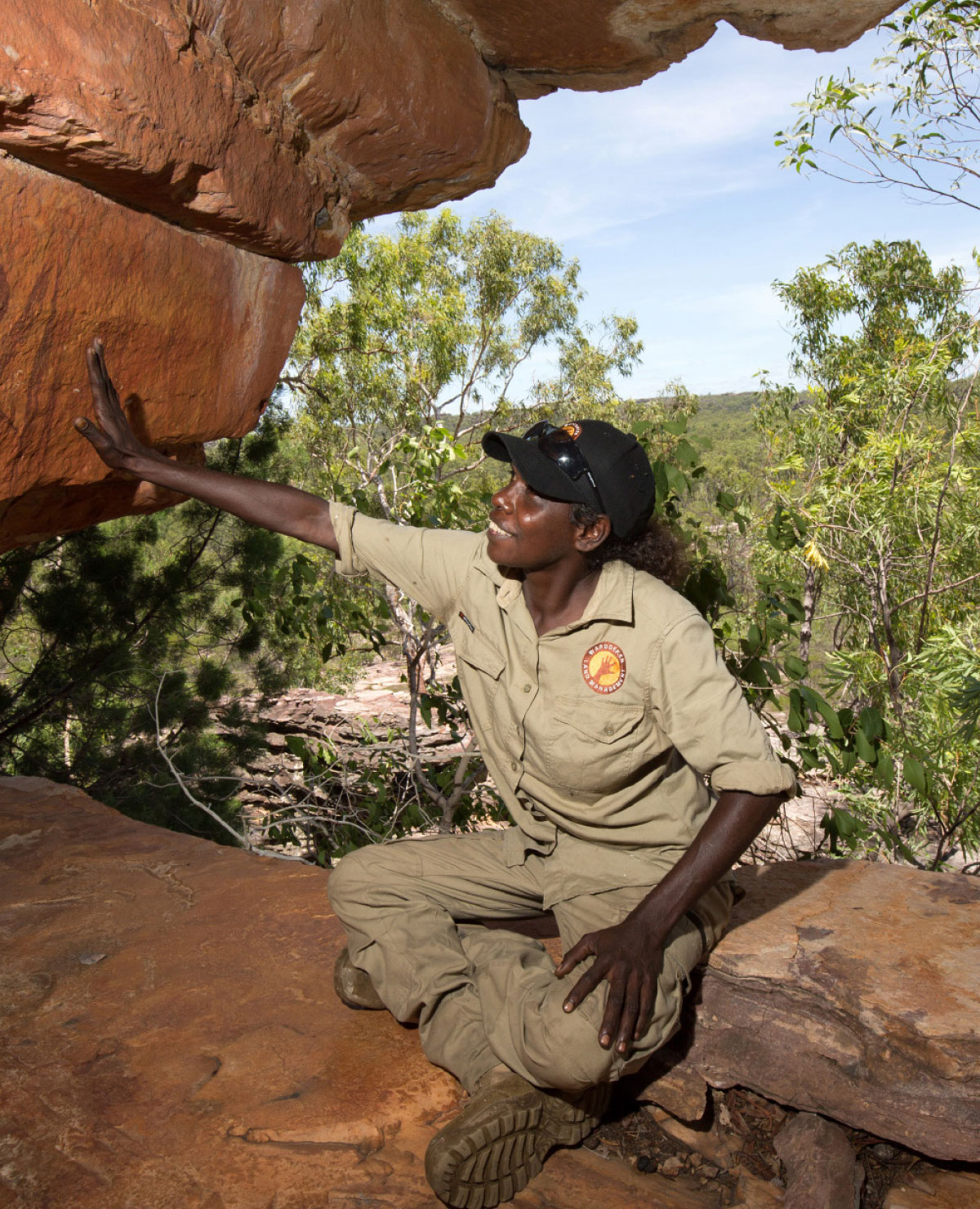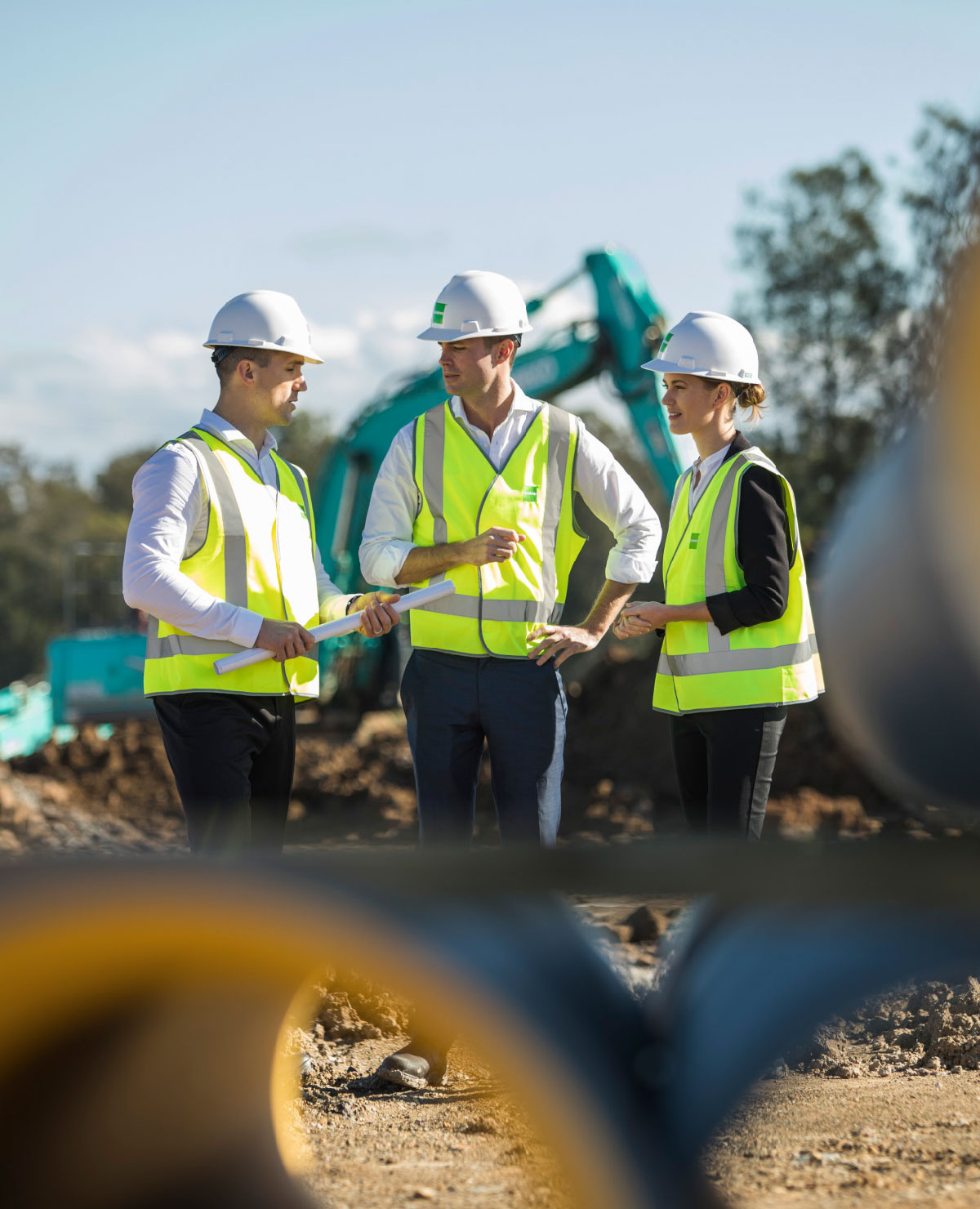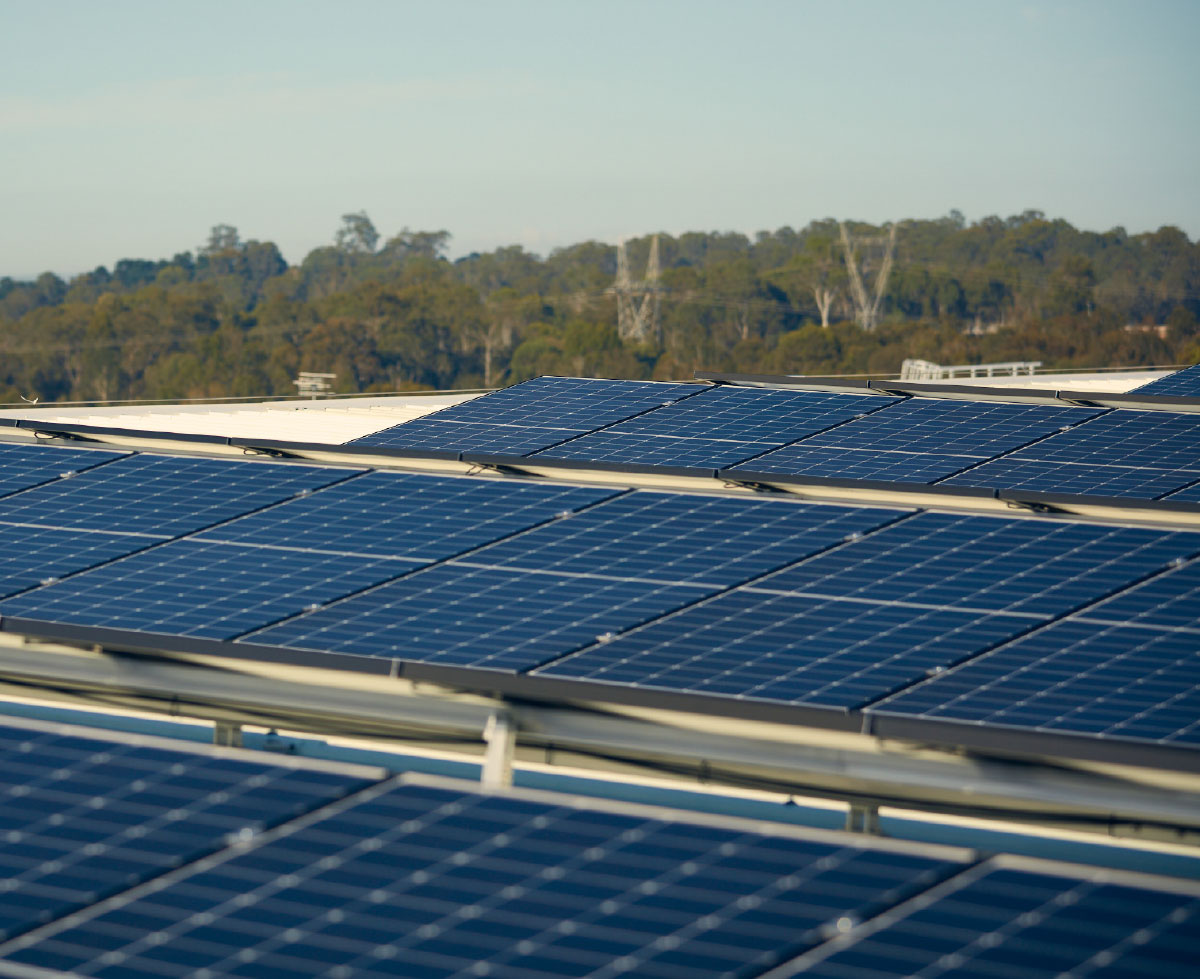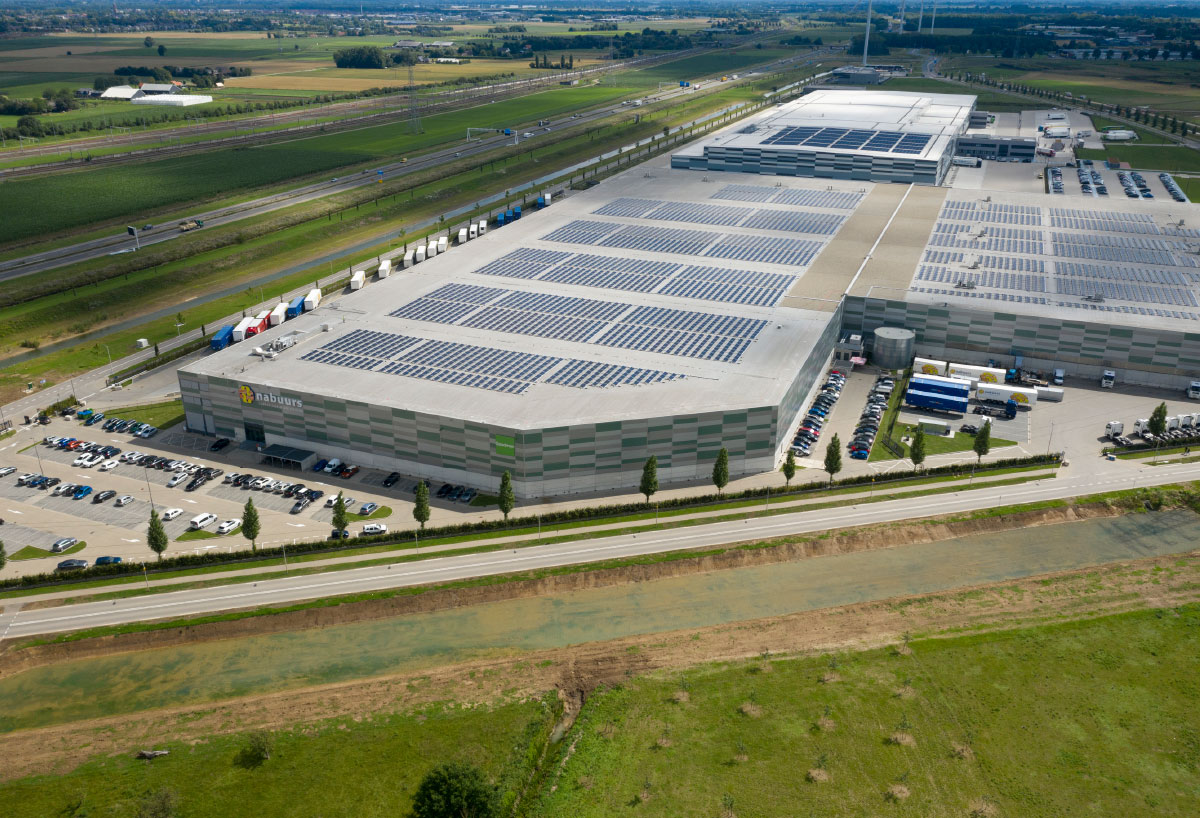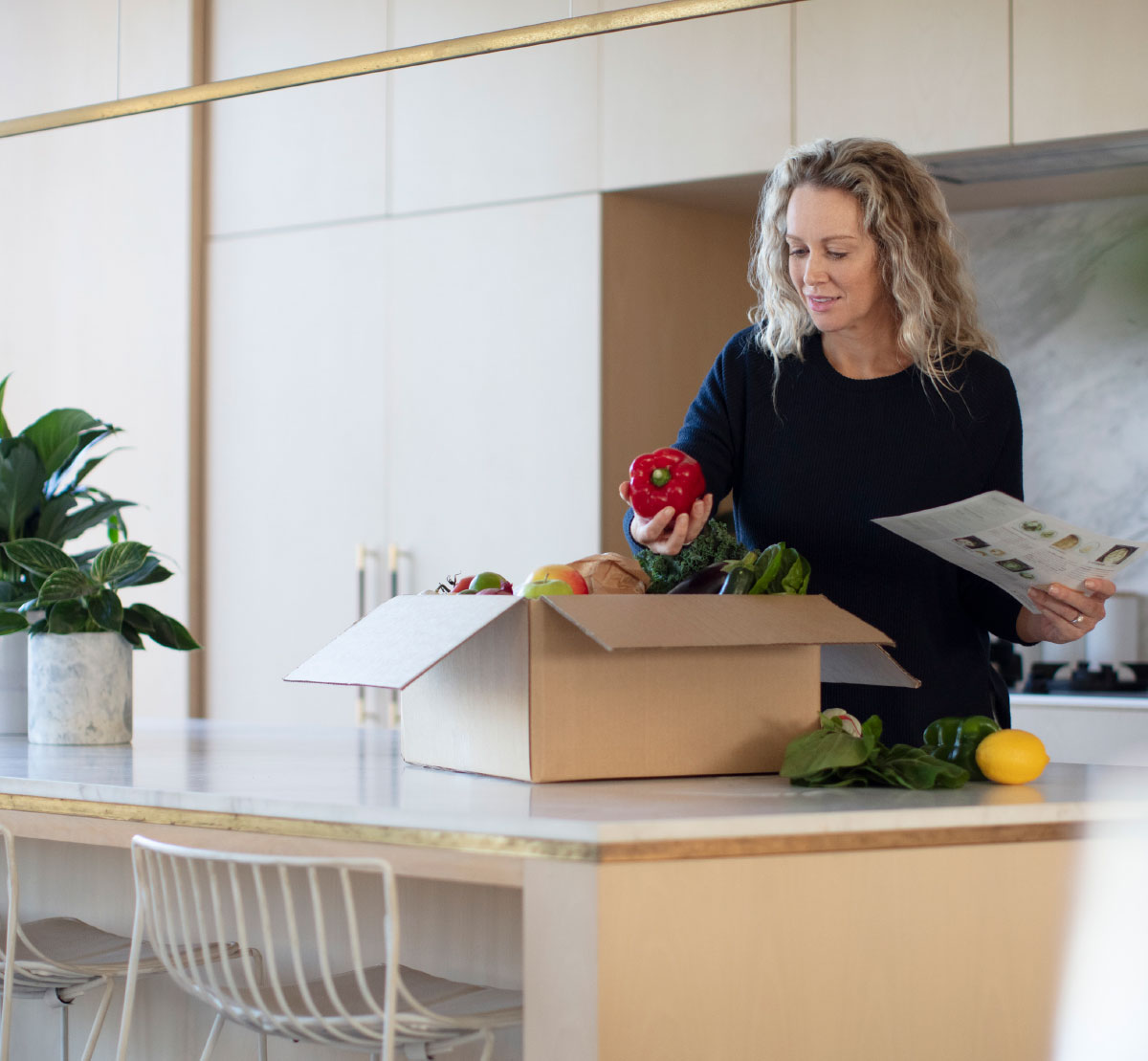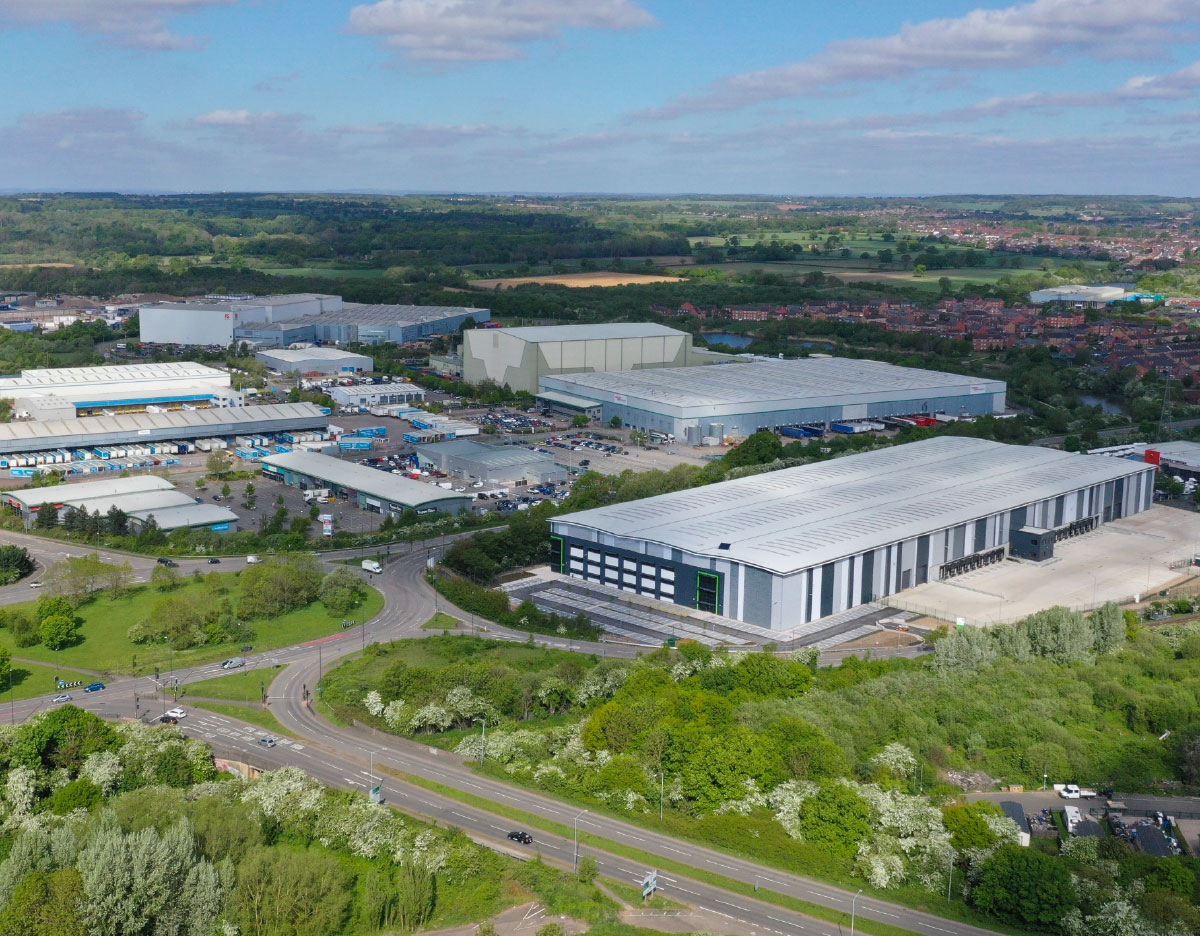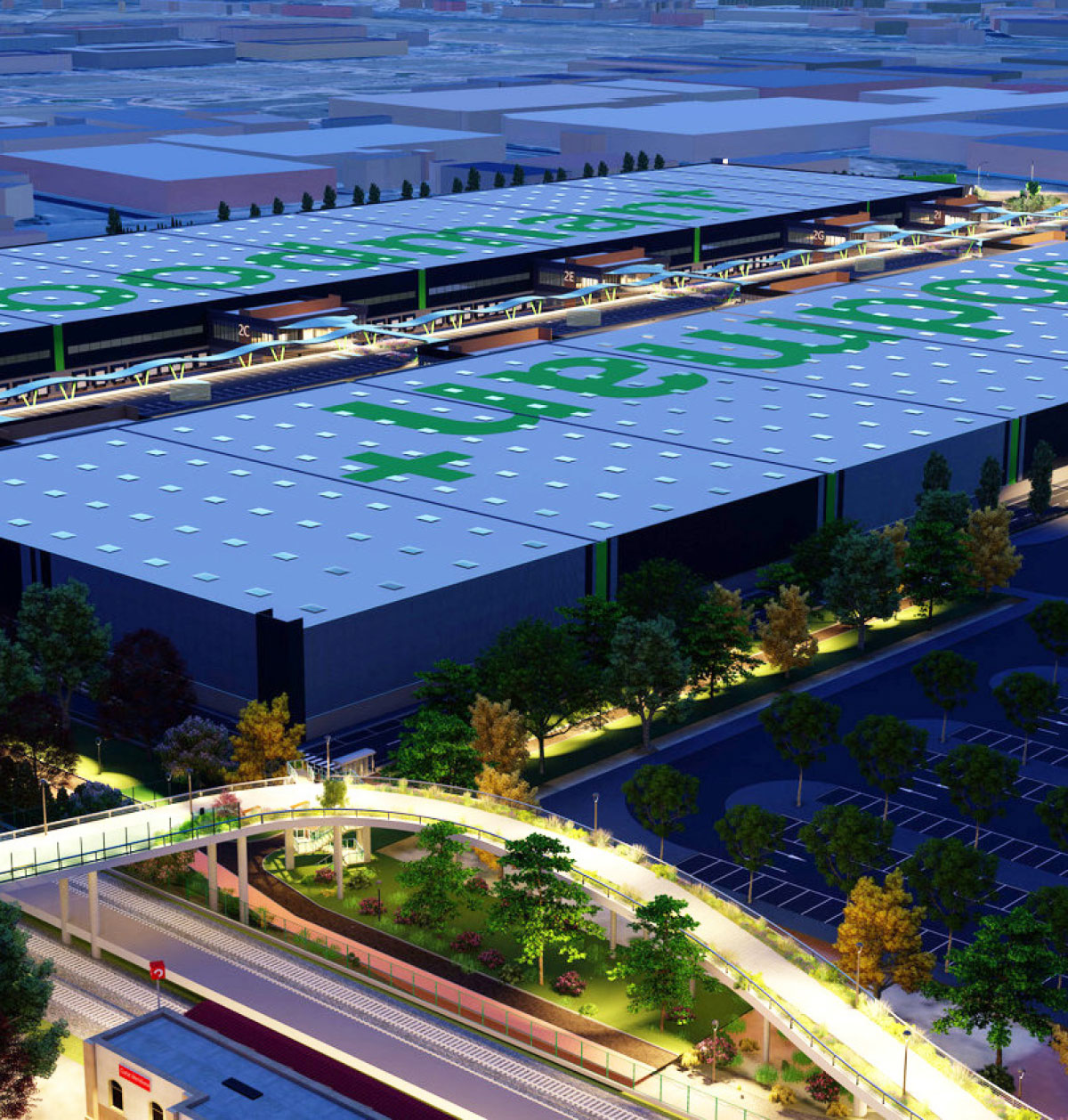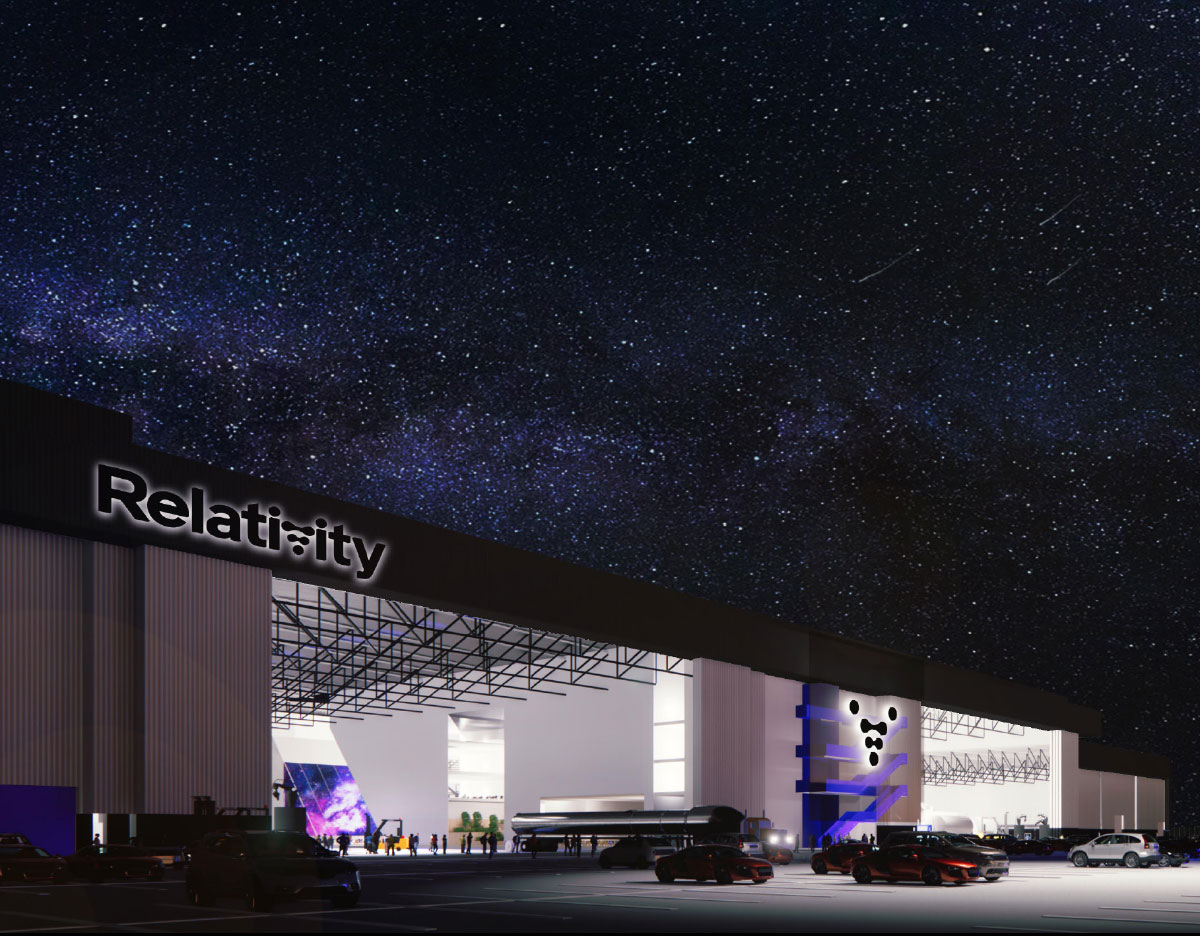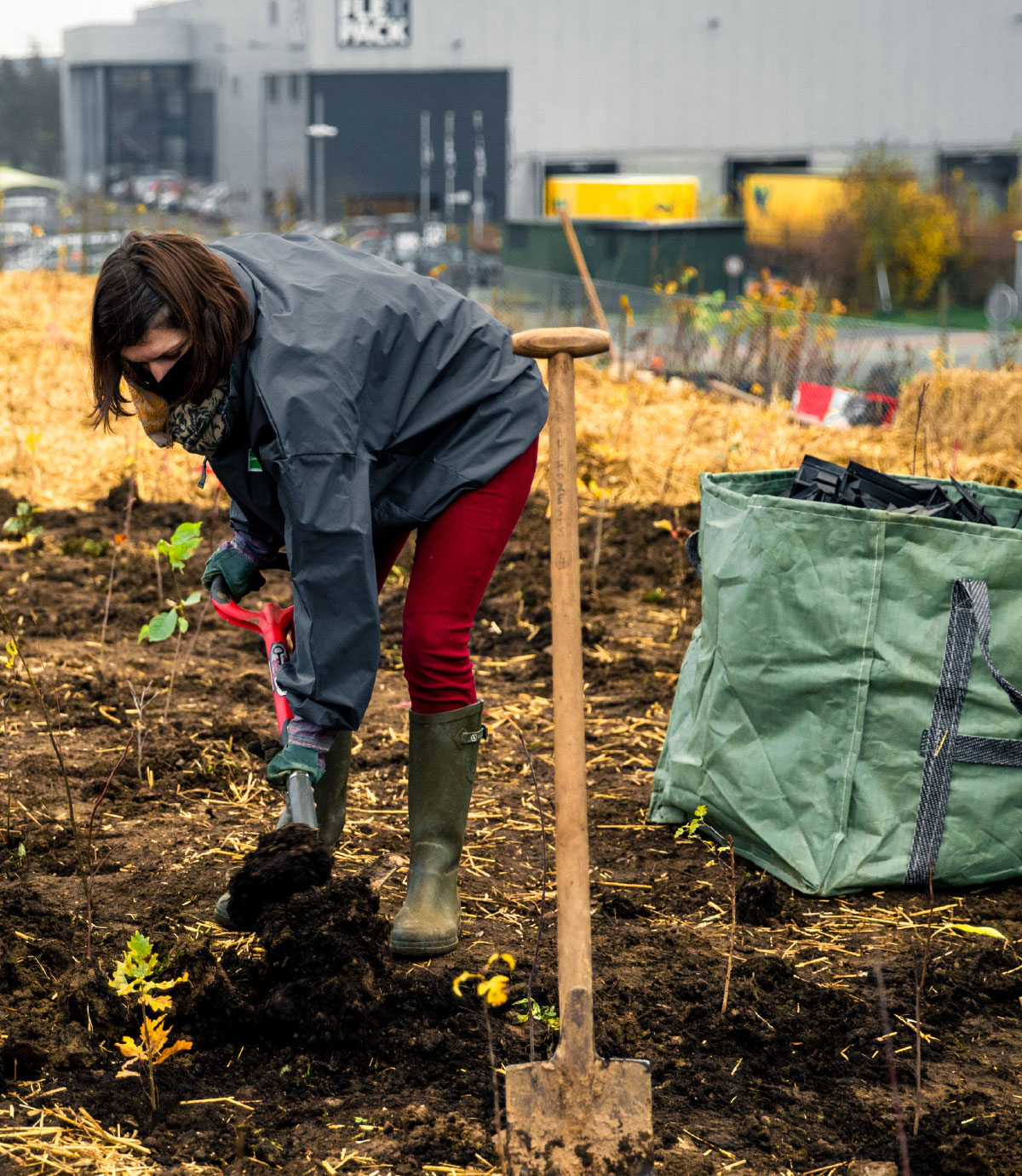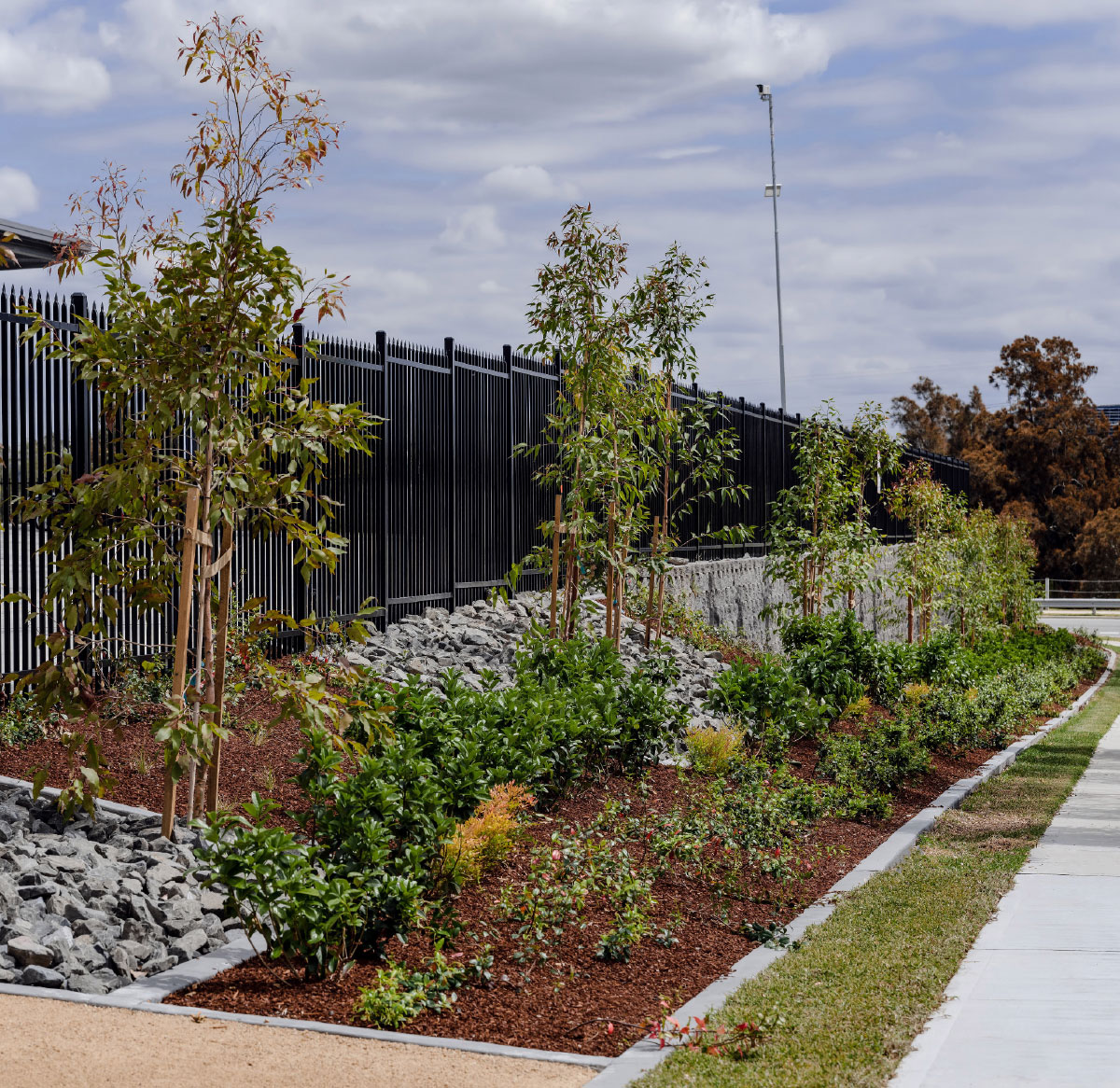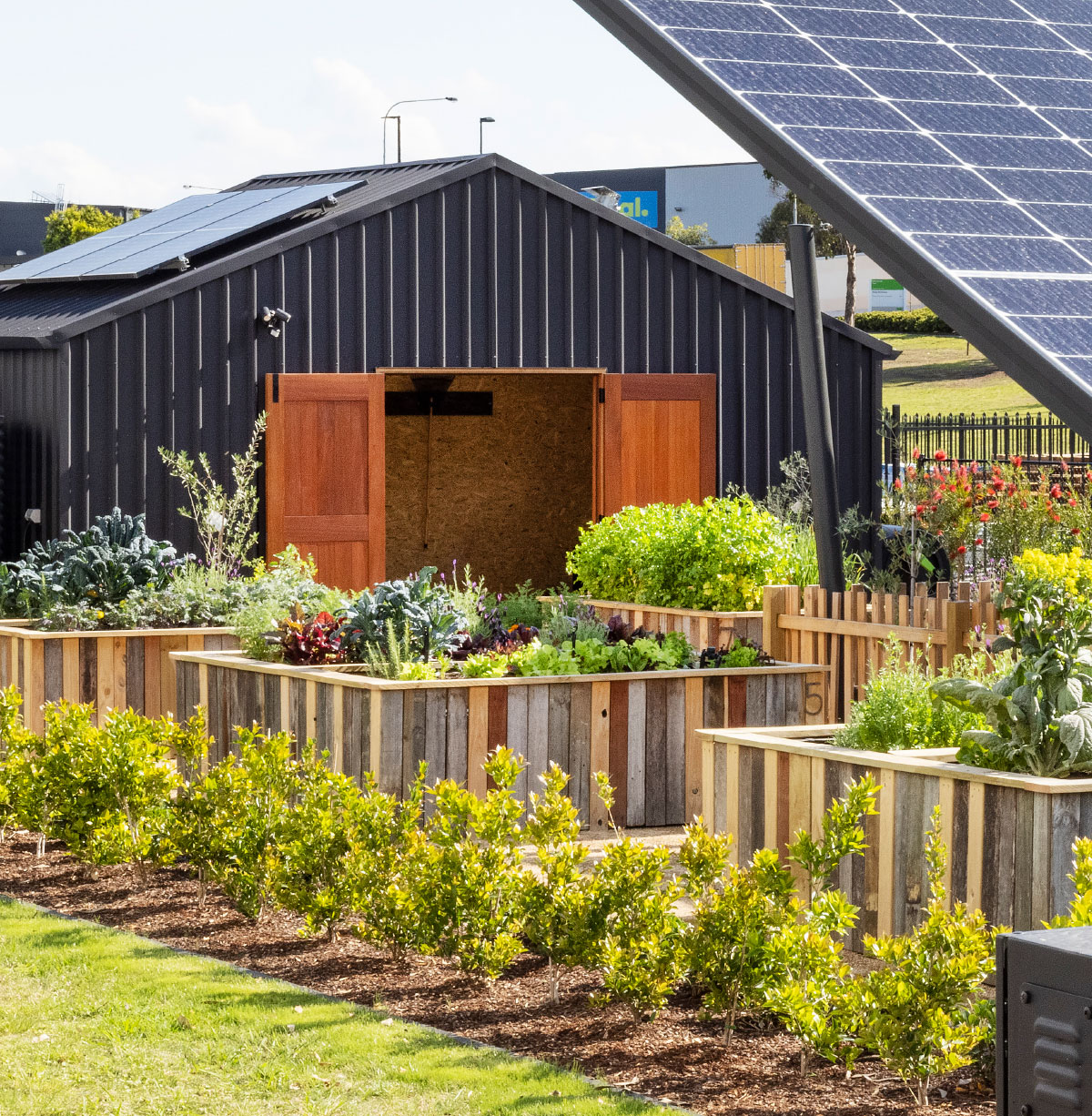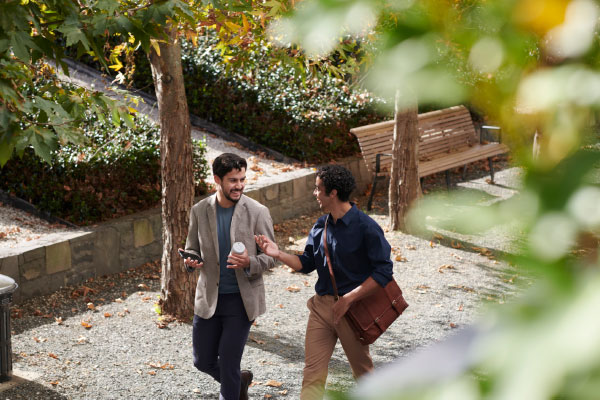Europe
In Europe, Goodman’s target is to install approximately 90MW (peak capacity) of solar across its properties by 2025.
The Alblasserdam Logistics Centre in the Netherlands is a strong example of how we’re working on our target. 6.8MW of solar capacity was installed on the 55,000sqm roof, producing enough energy to power the entire building.
Also, on the Antwerp-Brussels logistics route, we have undertaken a massive 3.2MW solar upgrade at the Puurs Logistics Centre in Belgium. Featuring 7,120 solar panels, the result is the size of almost three football fields.
Japan
Blending form, function and sustainable design in a logistics and data centre hub, the 500,000 square metre estate of Goodman Business Park in Greater Tokyo has progressively installed a massive 14.9MW solar array across the park. The majority of the energy generated from the roof-mounted systems is distributed into the local electricity grid.
Australia
Goodman has installed or committed 40MW of solar in Australia to date. This included 15MW installed or committed as part of new developments during 2021, ranging from 240kW systems up to large 3.5MW installations. A further 23MW of installations and commitments is forecast for the stabilised portfolio next year.

